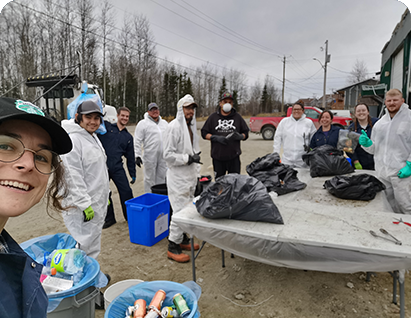Identifying issues created by the regulatory void on First Nations territories
Our team delivered its final report for the “Environmental Regulations on Reserve Lands” project to Indigenous Services Canada (ISC) and Environment and Climate Change Canada (ECCC) in the winter of 2022, after two years of hard work.
The goal was to identify environmental issues on reserve lands, as well as the issues faced by First Nations in developing and applying environmental regulations.

Providing First Nations with tools to deal with environmental regulatory issues
In preparing the report, the team realized that most of the First Nations contacted needed support to get the necessary tools in place, discuss the issues and adopt positions on environmental regulation. That’s why we organized a series of webinars in 2023 to help First Nations stakeholders grapple with the regulatory void.
What is a regulatory gap?
Because of the division of powers between the federal and provincial governments, and the limitations imposed by the Indian Act, the federal government has for several years been documenting a “gap” between the environmental regulations applicable on reserve lands and those that apply to the rest of the land.
Commonly referred to as the “regulatory gap”, this situation stems from the fact that environmental management is primarily the responsibility of the provinces and municipalities, which generally have no jurisdiction over reserve lands, which fall under federal jurisdiction.

Each webinar had a different theme:
Key federal environmental laws applicable on reserves
Presented by ECCC and ISC
Jurisdictional disputes involving environmental protection on reserves
Presented by FNQLSDI and a law firm
Development of a land code and environmental governance under the Framework Agreement on First Nation Land Management Act
Presented by the First Nations Land Management Resource Centre
For questions about the project, or to obtain access to our report and webinars



